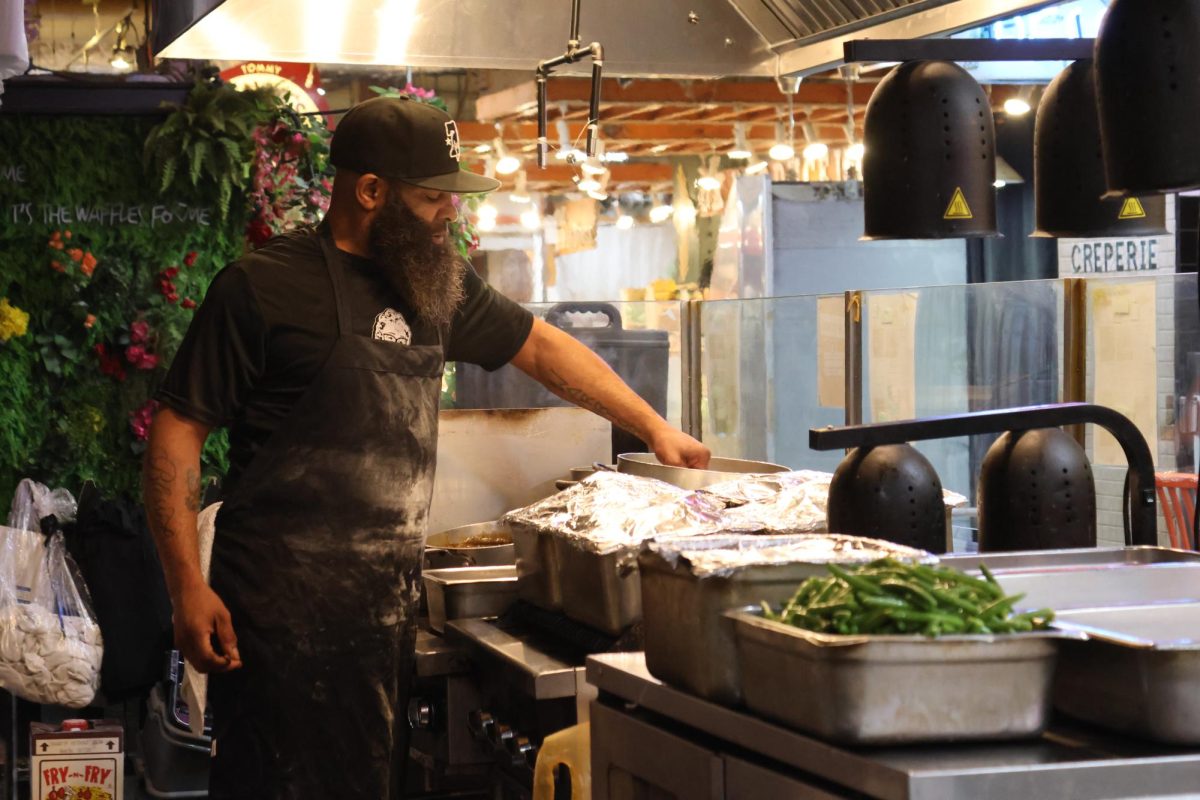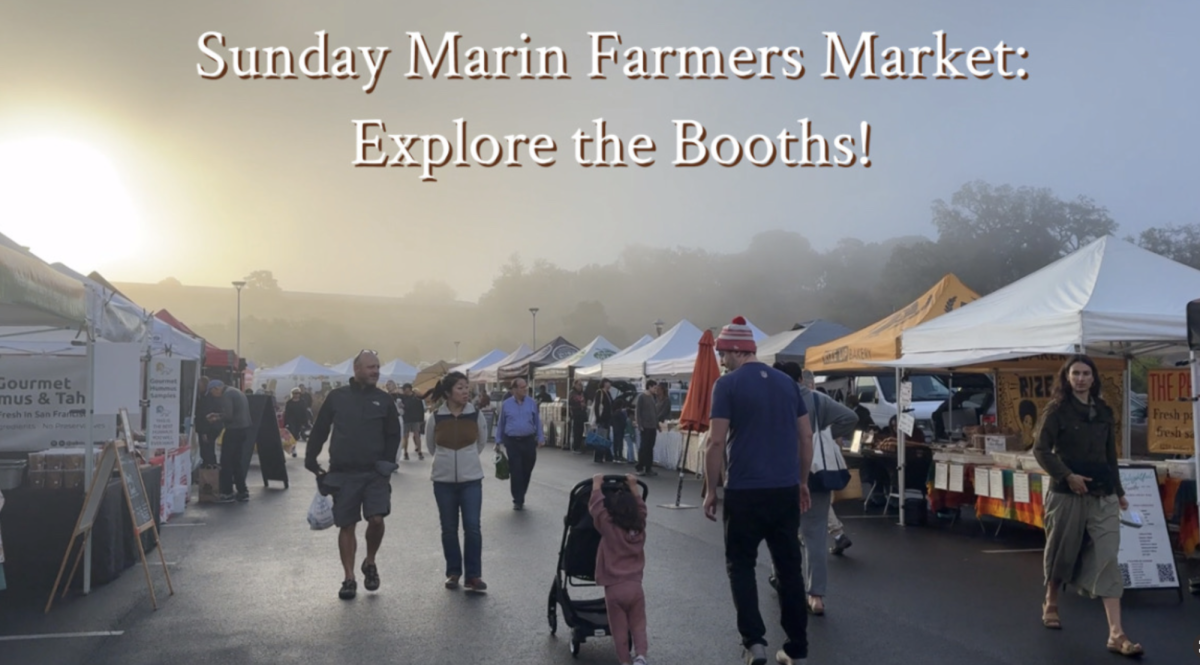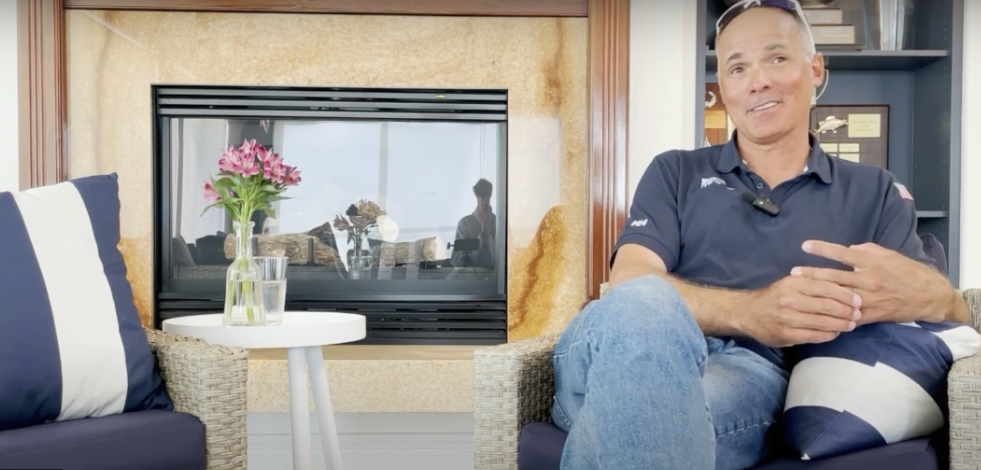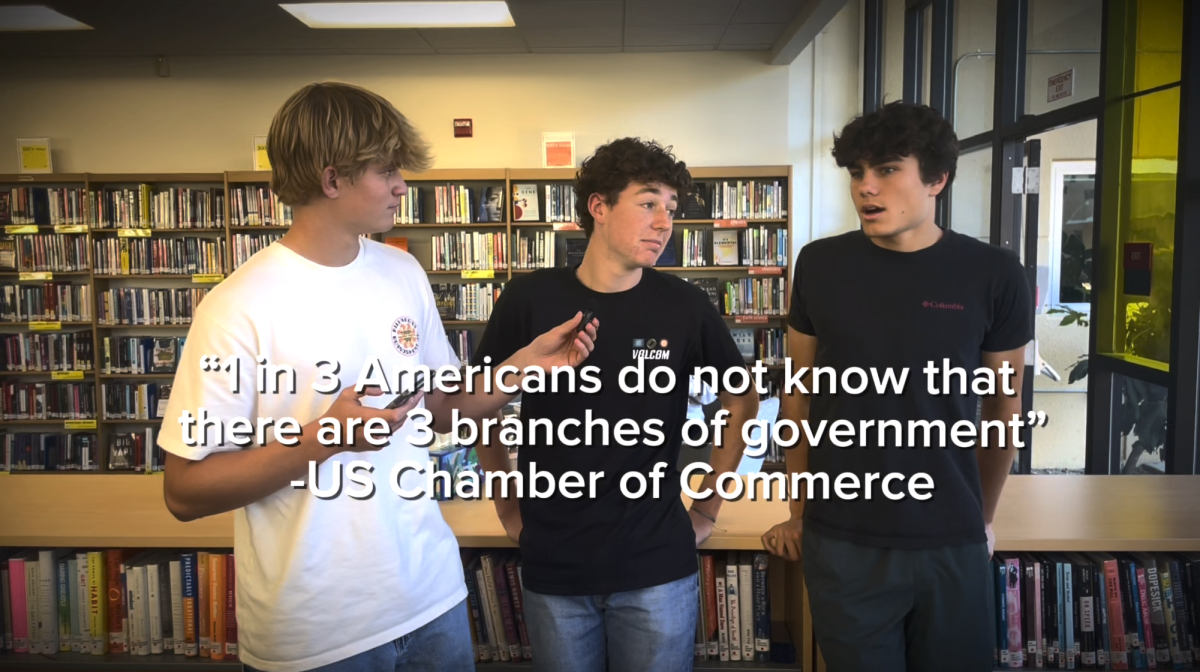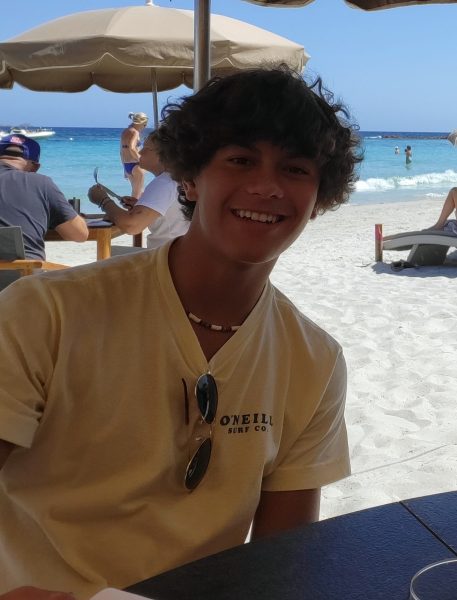Surfing, one of the world’s most notorious sports, is often associated with the golden state of California. However, despite the world-renowned surf break “Mavericks” in Half-Moon Bay, Northern California’s surf scene is not as widely recognized as its southern counterpart. The colder temperatures and shark-filled waters seem to appeal to fewer surfers. However, in Marin County, surfing stands out as one of the most popular activities among locals. With a variety of spots to choose from, surfing is an ever-growing sport. Since its arrival in Marin a few decades ago, surfing has grown massively leading to a surfing culture that has emerged in Marin.
Nicki Clark, surfing instructor at the popular local surf school Marin Outdoor Adventure has been participating in the sport since she was a teenager growing up in Marin.
“I’ve been surfing since I was 16. I grew up here in Marin and went to Marin Academy and Archie Williams. When I was a junior, I started to learn how to surf,” Clark said.
As a long-time surfer in Marin, Clark witnessed firsthand the sport’s growth in the area.
“There’s a lot of kids who surf, and growing up here and learning to surf even back then, wasn’t as big as it is now. It’s not like Southern California or certain places like Hawaii, but there’s still definitely a lot of kids and adults who love [surfing] and do it, and I definitely think it’s grown,” Clark said.
Junior Simon Leonard, an avid surfer, is part of Marin’s distinctive surfing community, which he finds uniquely special.
“There’s a ton of people who surf in Marin, but the actual diehard surfer culture is still pretty underground, which makes it special to be a part of. There are not a lot of places that have dual aspects like that,” Leonard said.
Although Marin County may not be the most appealing spot for surfers, its coast provides an opportunity for locals and those who live nearby in the Bay Area to surf and enjoy themselves, an opportunity that many others don’t have. Leonard touches on this notion of the opportunity that Marin provides.
“It’s definitely a privilege to live in Marin as a surfer. People will tell you to go somewhere tropical where the waters are warm, but I just think about how many people don’t even live near a coast at all. All the really popular breaks have good waves, but you can also score good waves with no one out in other places in Marin. It’s a unique place that allows you to do both while being so close to a city like San Francisco,” Leonard said.
However, a challenge with surfing is that the steep entry costs make it inaccessible to many. According to the Surf Industry Member Association, 44 percent of surfers have a household income of $100,000 or more, meaning the sport appeals mostly to the affluent. Clark’s organization Marin Outdoor Adventure tries to break down this barrier between wealth and the ability to go surfing.
“My colleague and I started this project called Under the Sun which is for girls in the summertime. It’s a free surf camp, for two weeks, and anybody who identifies as female can come. It’s a sliding scale or free. So we don’t charge anything. And we provide all the equipment. I really have a strong desire to help create some diversity in the lineup as well, I try to introduce more kids of color to the ocean and give them an opportunity to surf. I’m always looking to recruit more people of color and create an inclusive and diverse environment,” Clark said.
There is also a large difference in the demographics that participate in surfing. According to the Surf Industry Member Association, 65 percent of surfers are male while only 35 percent are female. Clark and her organization aim to address this imbalance in the surfing community.
“A lot of my clients are women, I think because I’m a female-owned business, and because surfing is so male-dominated, women tend to feel more supported with a female instructor.” Clark said.
According to Marin Outdoor Adventure. , surfers typically live active lifestyles, engaging in many other common activities such as running, hiking, swimming, yoga, surfboarding or skateboarding. This means that finding time and money for surfing can be difficult. However, despite the confines of school, work or money, surfers always find time and opportunities to engage in the activity they love. Leonard, who is also a basketball player, faces the challenge of balancing school, sports and surfing,
“One thing that’s helped me balance my schedule is realizing how surfing is so helpful with everything else. It helps you get mental clarity, a little break from everything you’re working on and teaches you to be patient, which is very helpful. But it’s rough because Basketball season is also the best season for surfing around here. So I always try to find time whether it’s before school, after school or on a weekend before practice, and it’s tiring, but it’s totally worth it,” Leonard said.
While surfing may just be a fun leisurely activity, it provides much more than that. Clark mentions what surfing provides for her and what it has taught her.
“Surfing is like a medicine for me, I would say being in the ocean and having a deep connection with the ocean is very therapeutic. The feeling I get from just being in the ocean, seeing the wildlife and the mountains around is a feeling of freedom, and that is just priceless. I think for me, so much of it is also about community, connecting with other surfers, and gratitude for the opportunity to surf,” Clark said.
Leonard, who began surfing more recently compared to Clark, shares the same feelings of gratitude and a sense of community and connection with nature regarding surfing.
“Surfing teaches so much discipline, hard work and patience, and it really brings people together. I’ve made so many friends, I’ve grown as an individual, and have deepened my connection with the natural environment around me,” said Leonard.
Although Northern California’s surf scene might not match the fame of Southern California, Marin County still offers a thriving surfing community. Despite its obstacles, surfing in Marin offers a deep sense of belonging and harmony with nature. It is not just a hobby, it’s a way of life, offering friendship, fostering self-control and strengthening gratitude for the ocean’s gifts.


